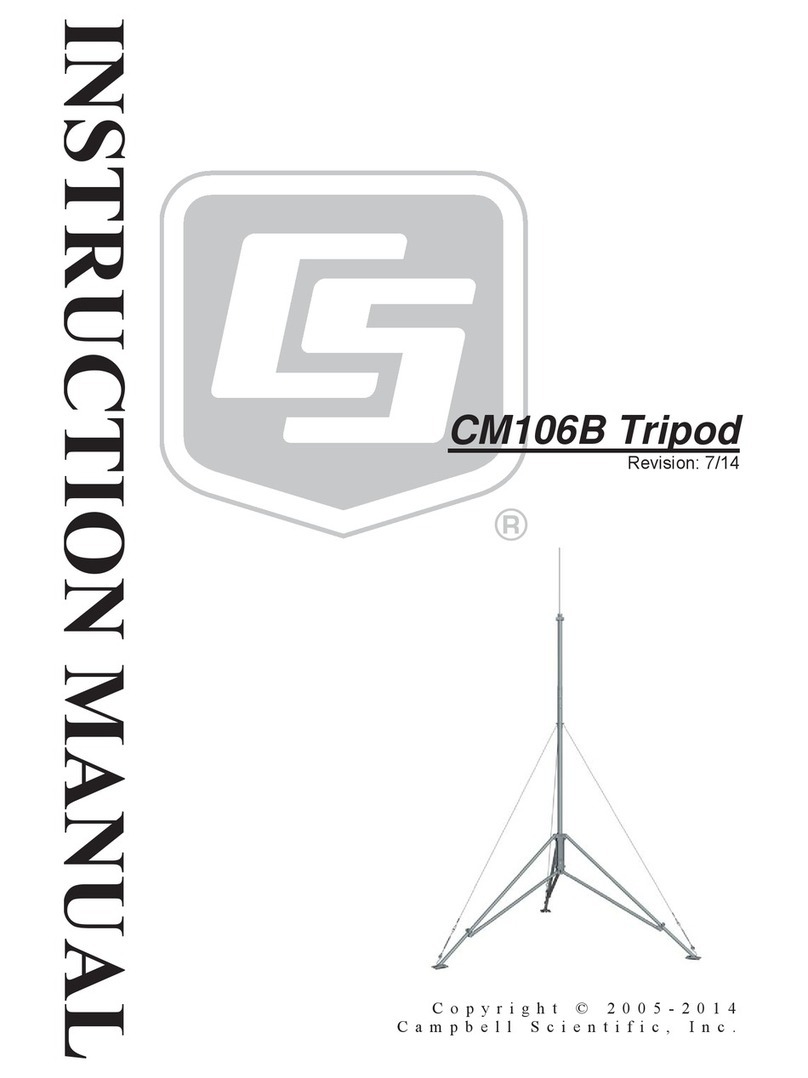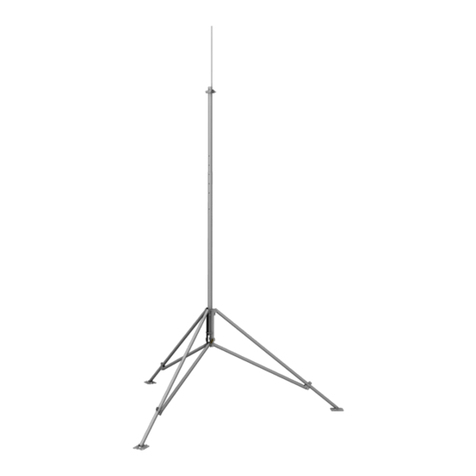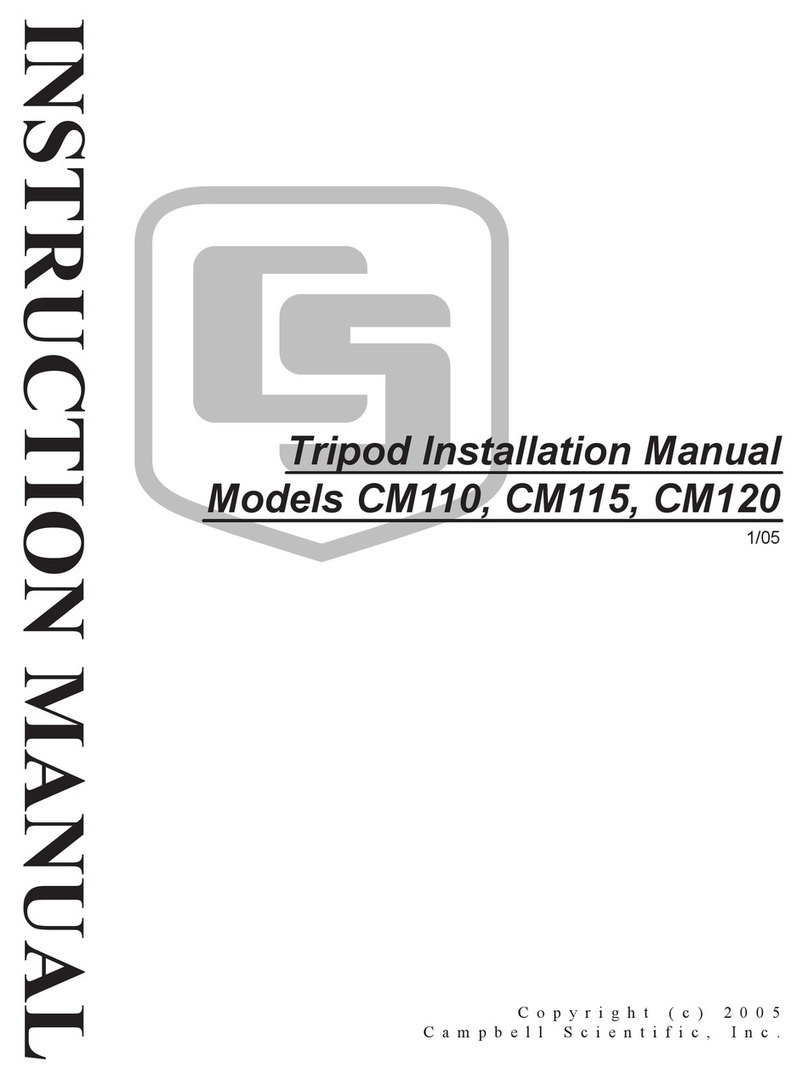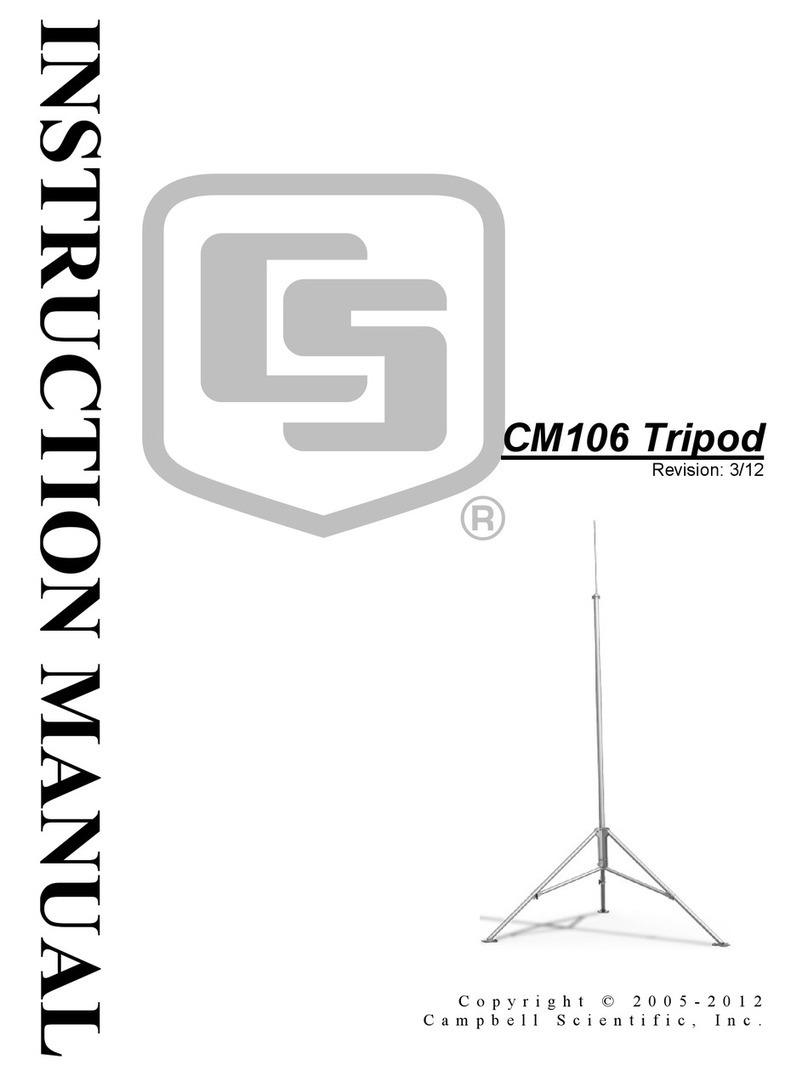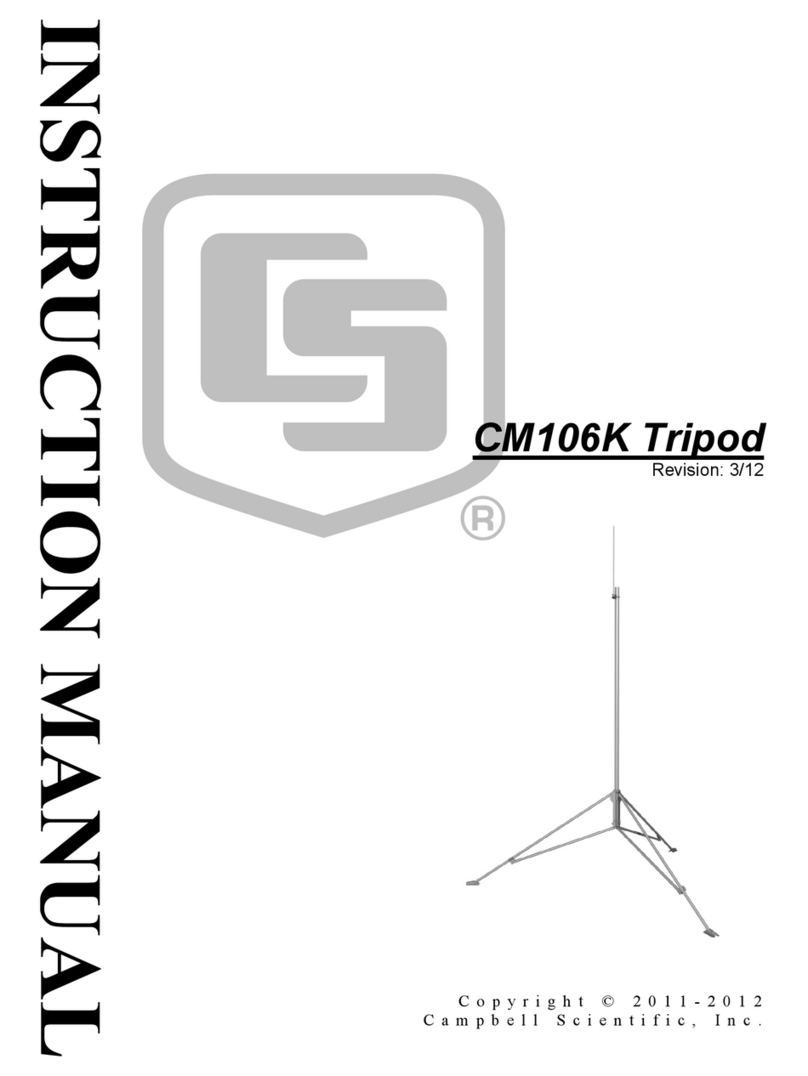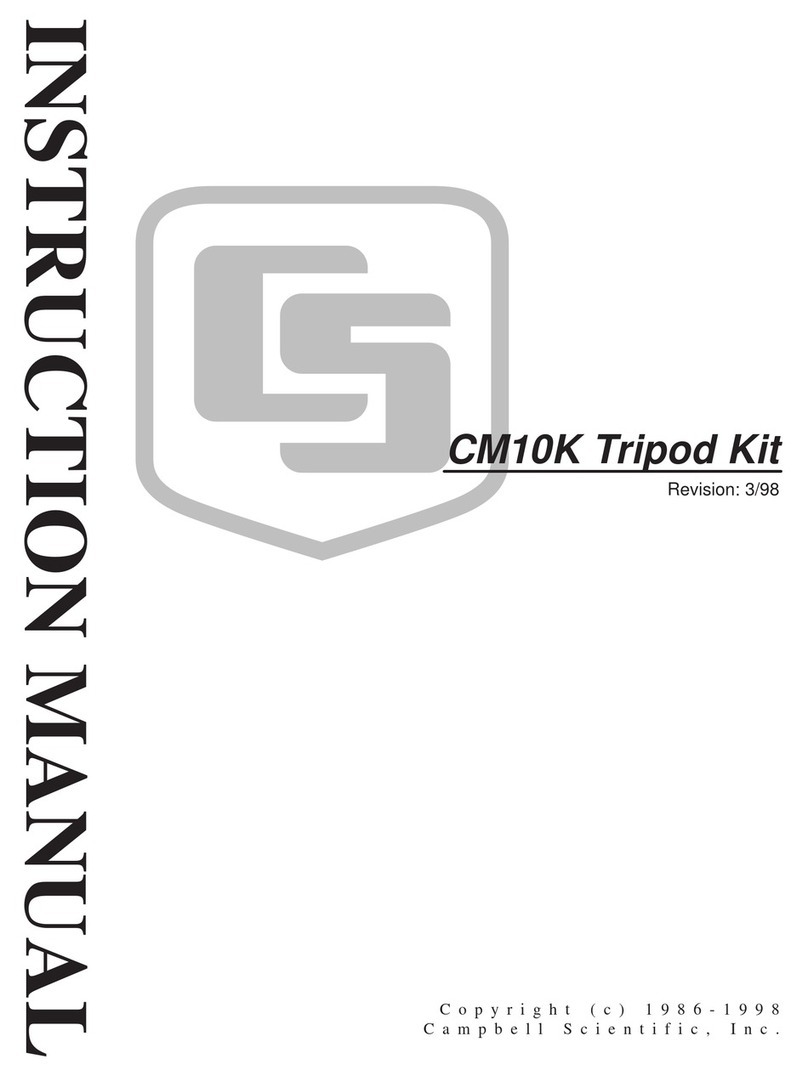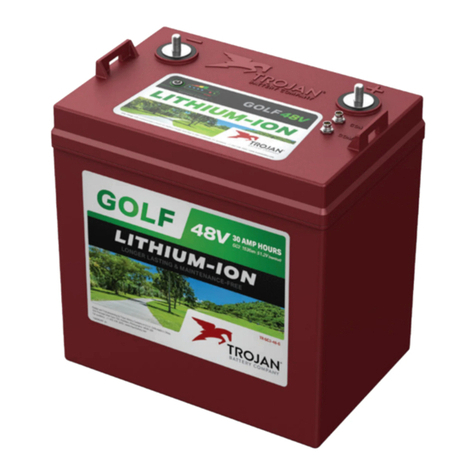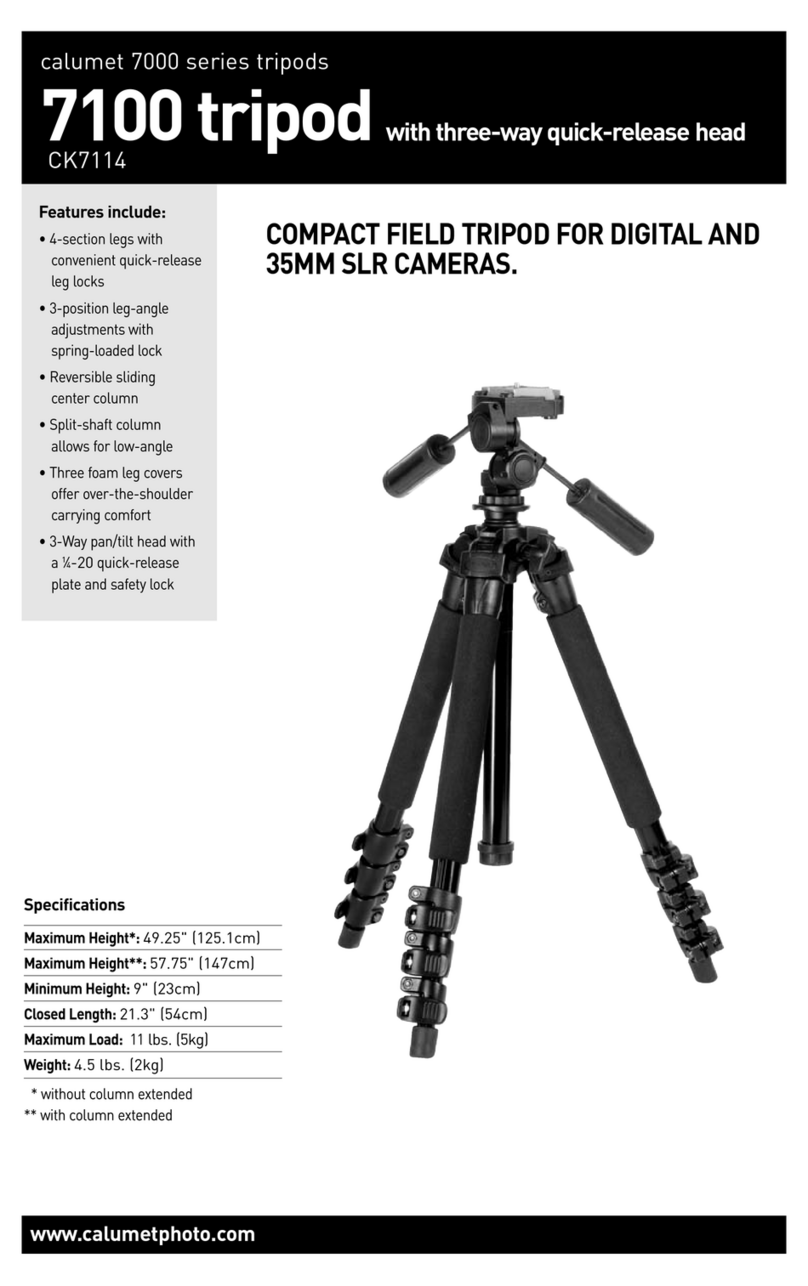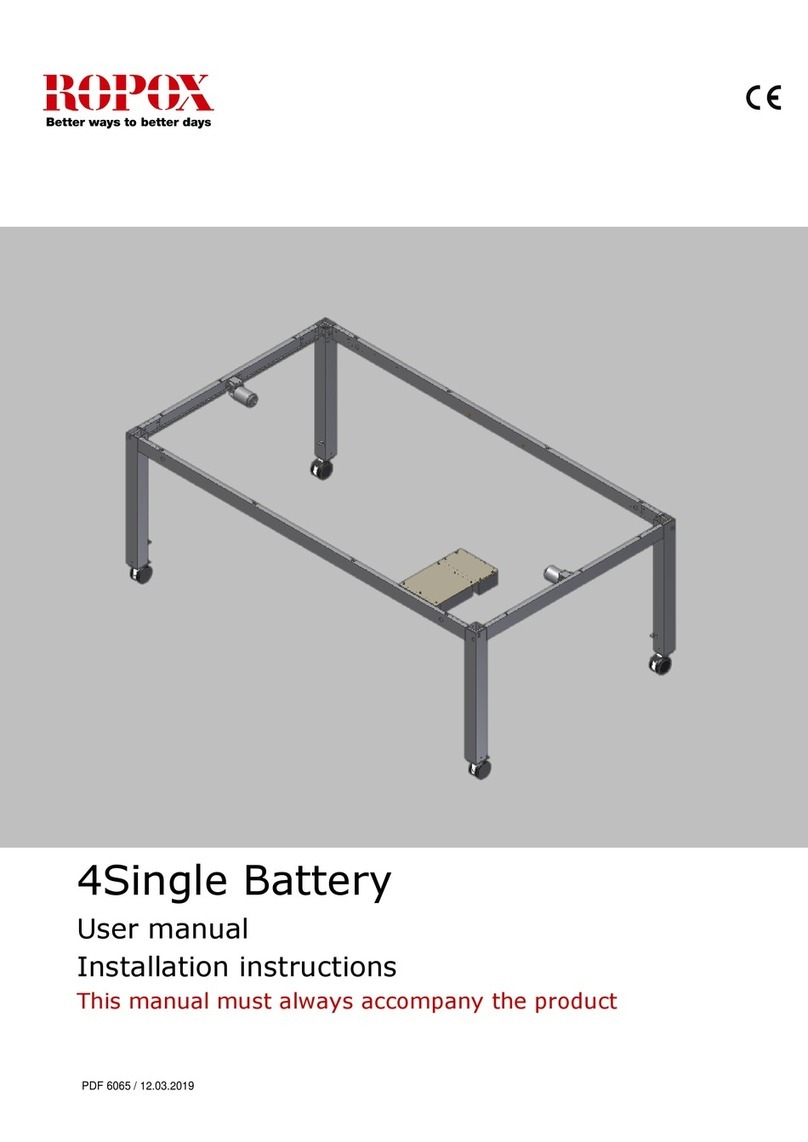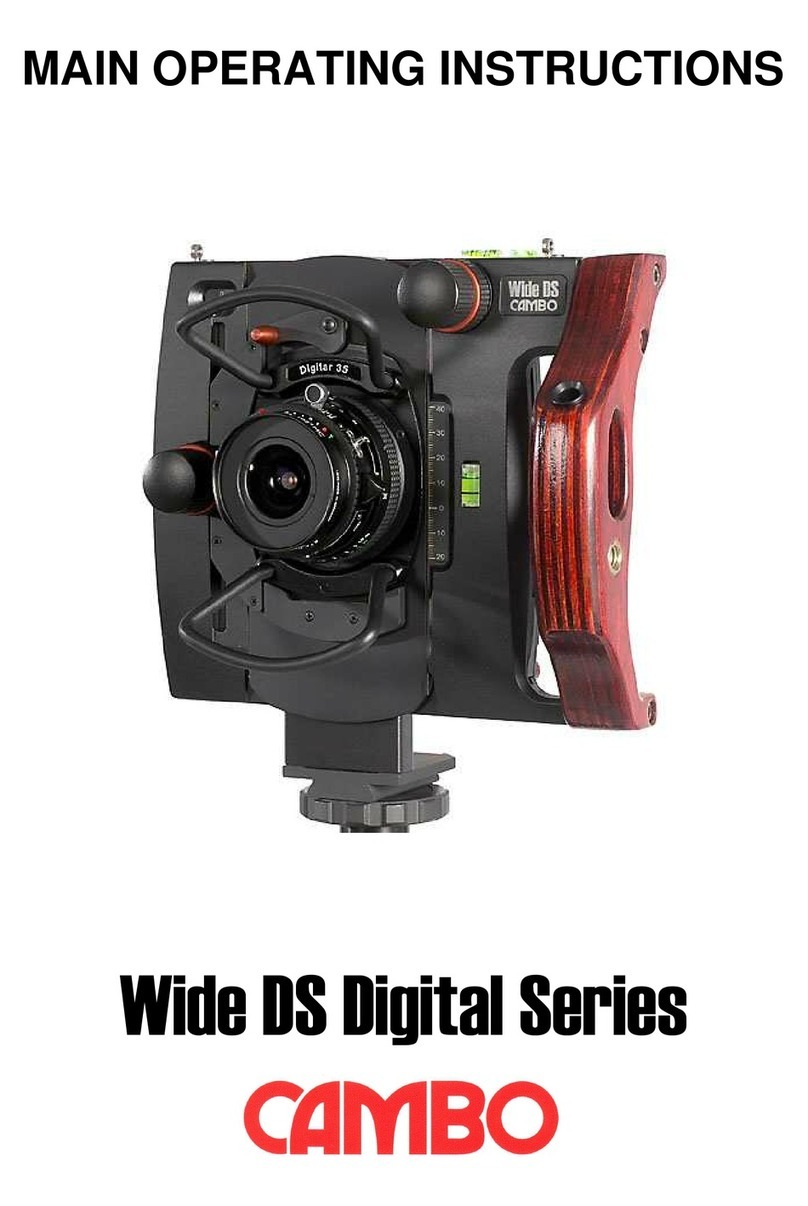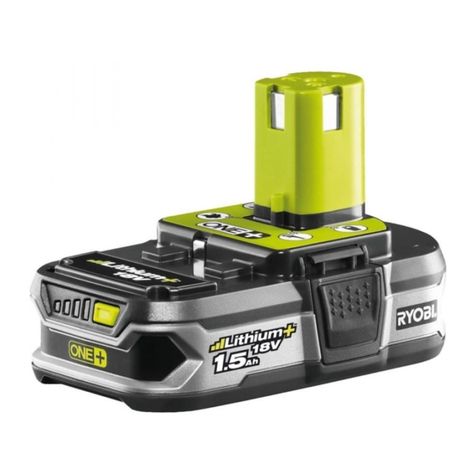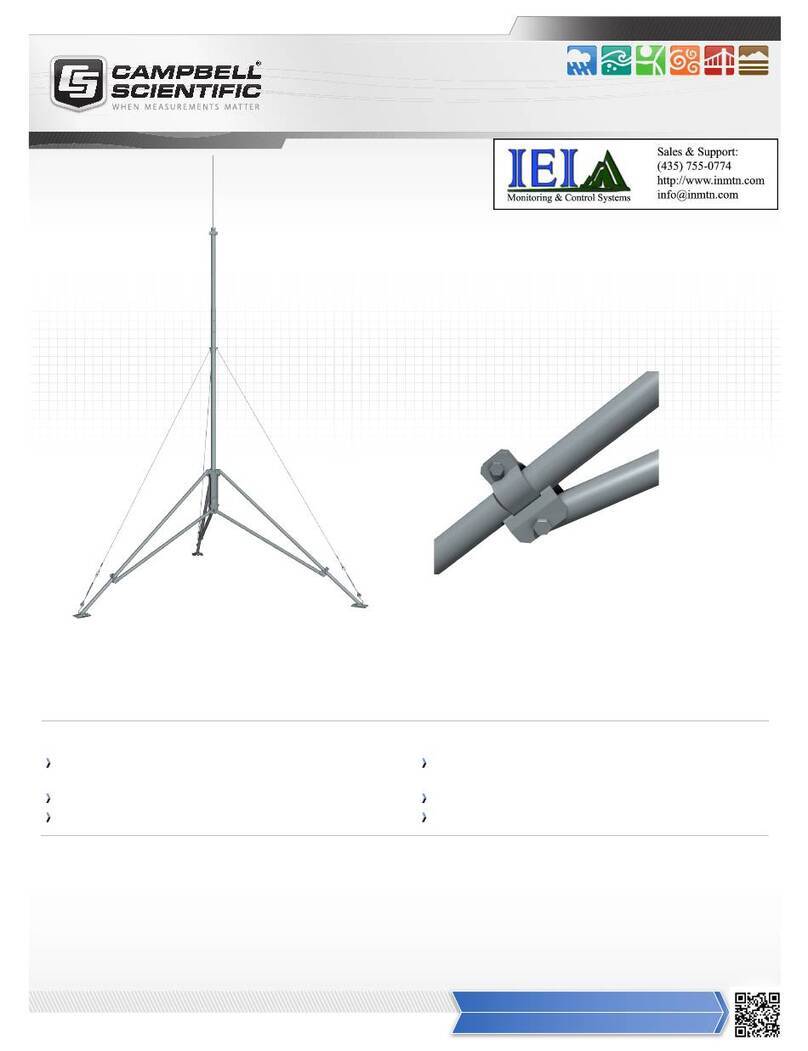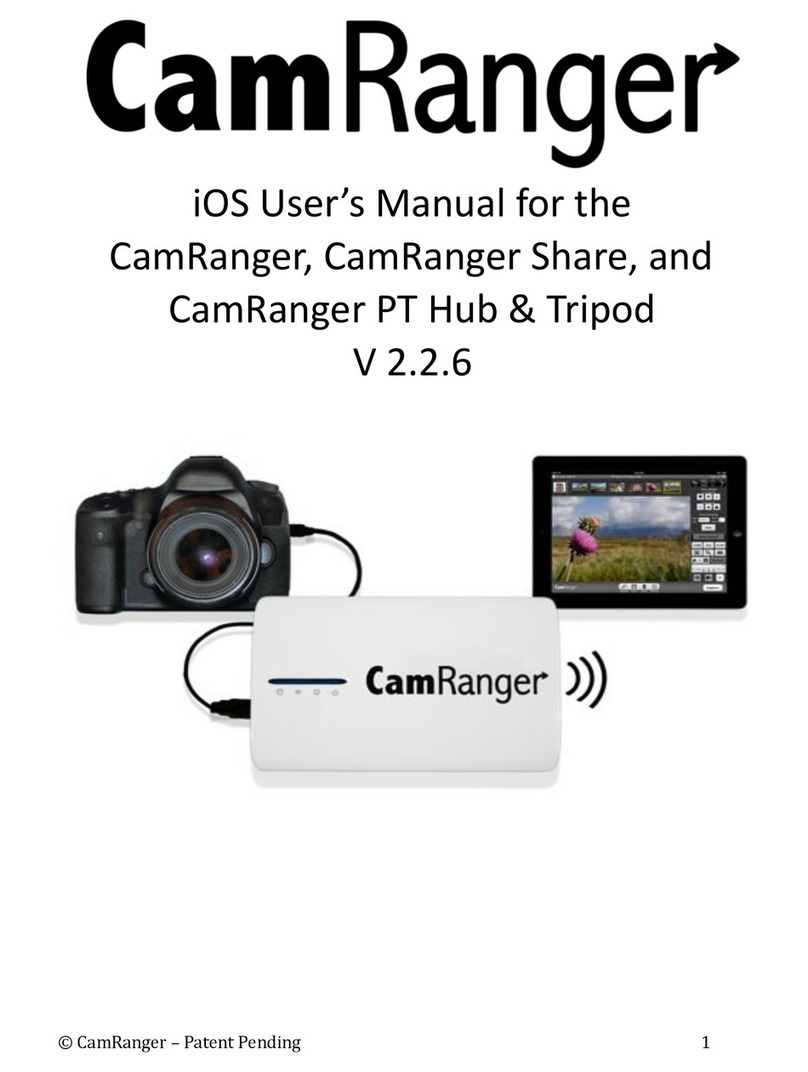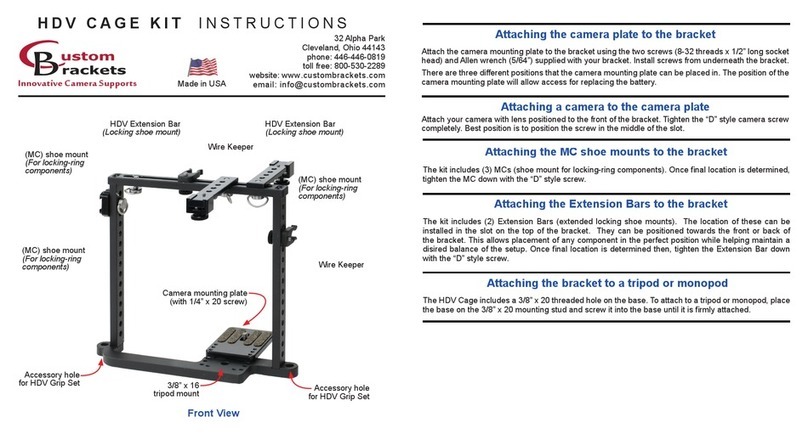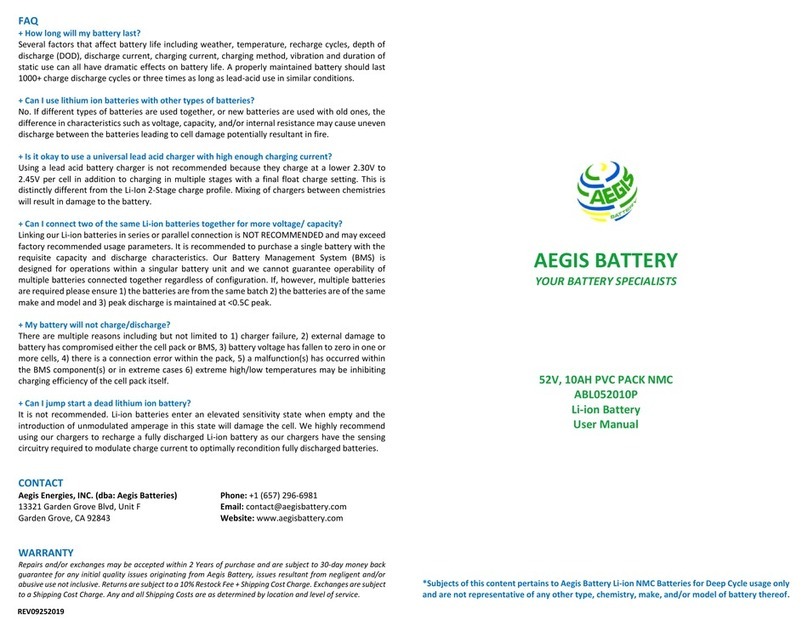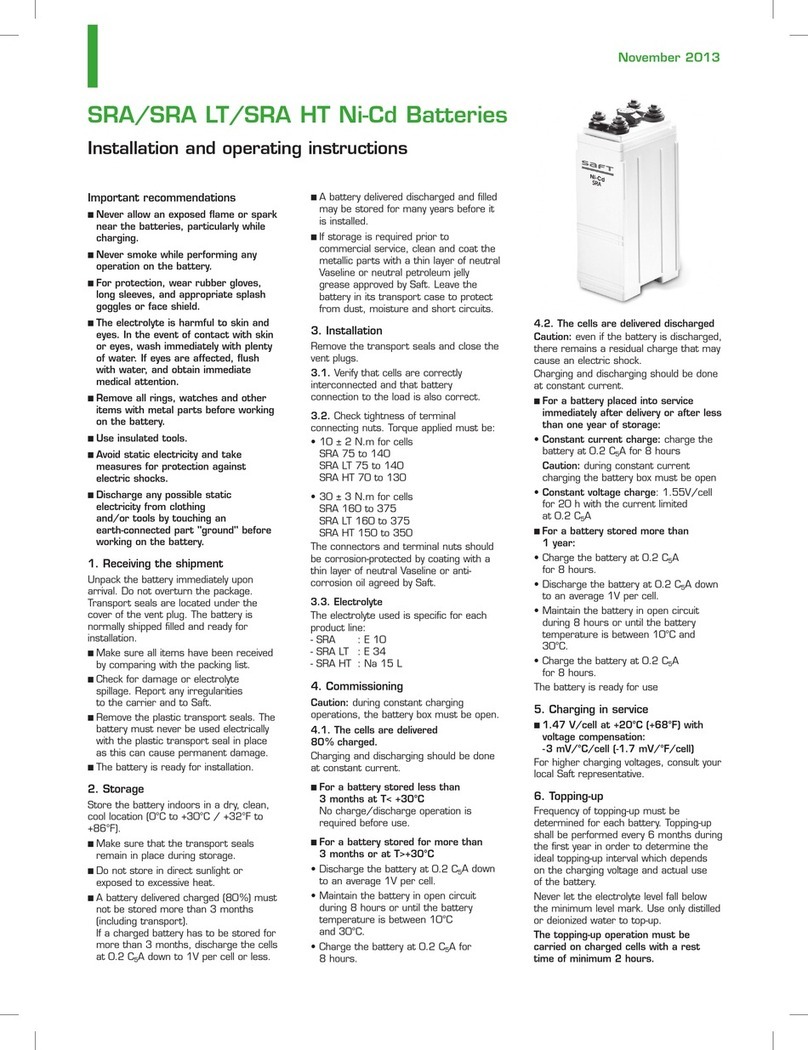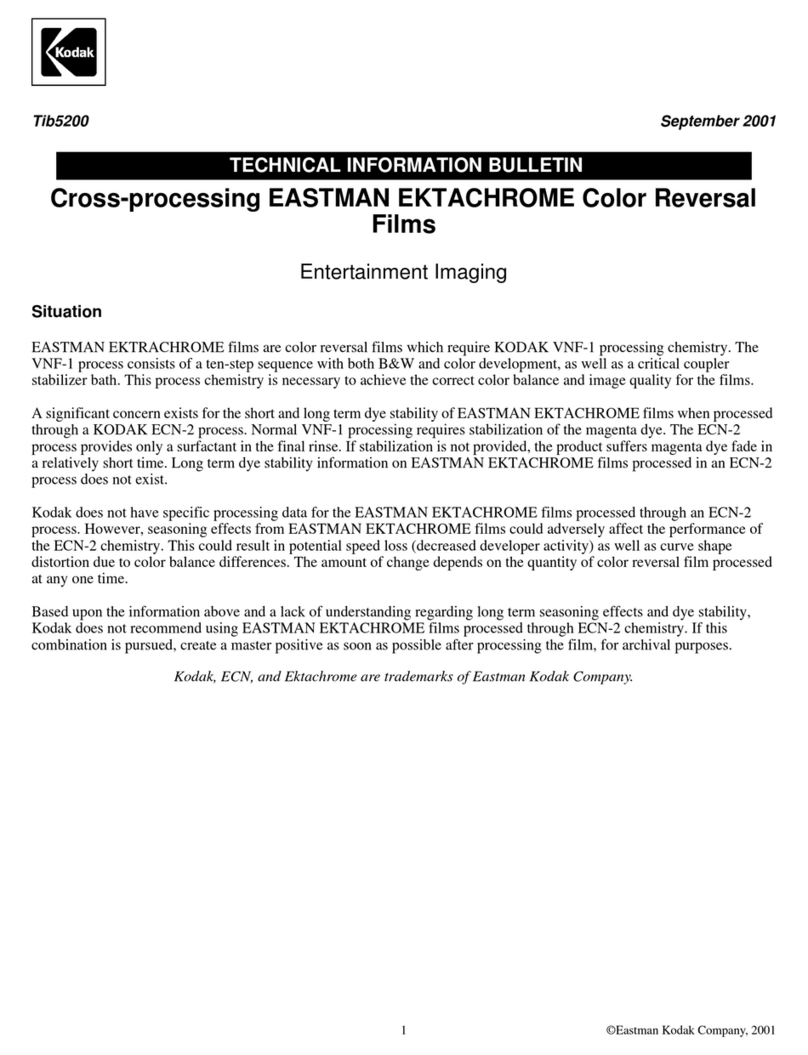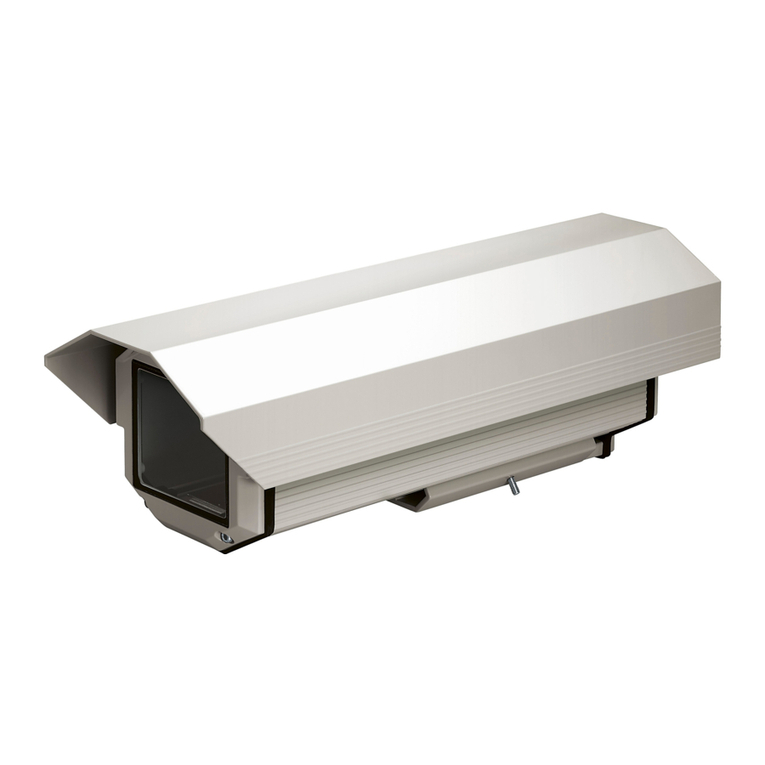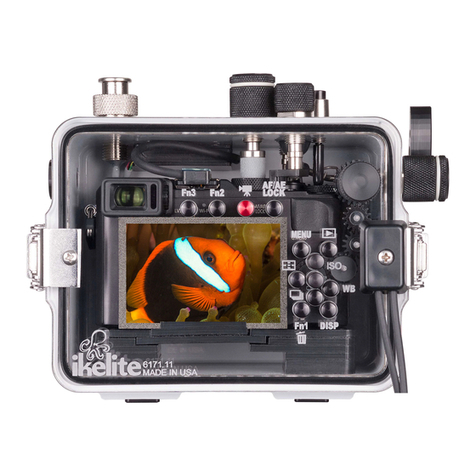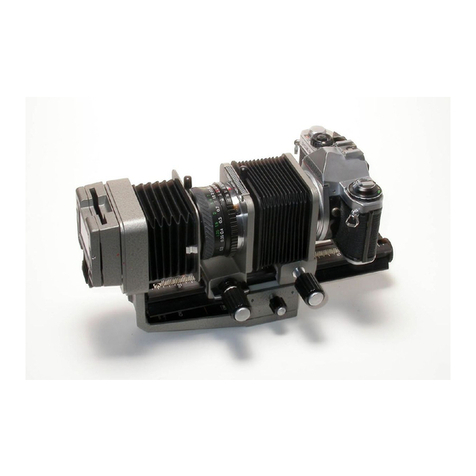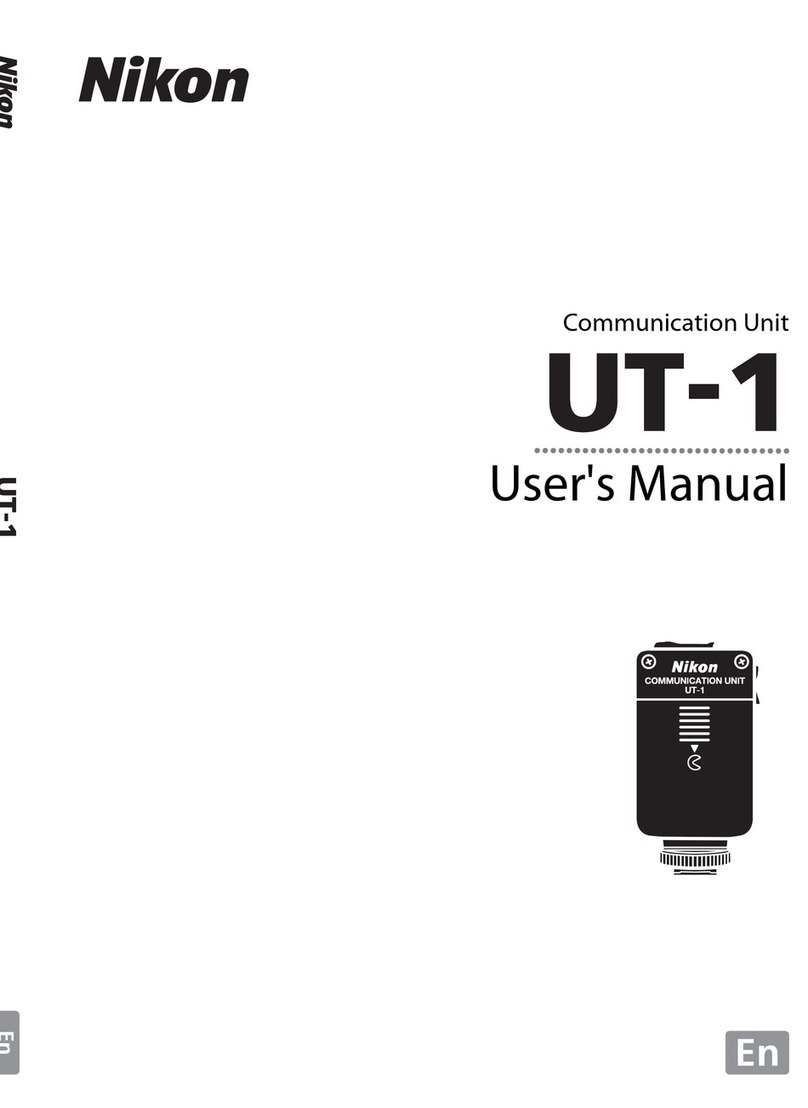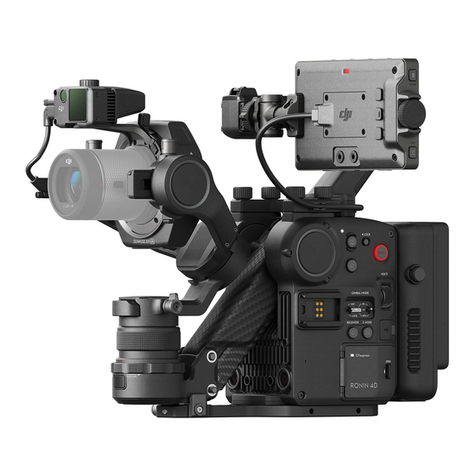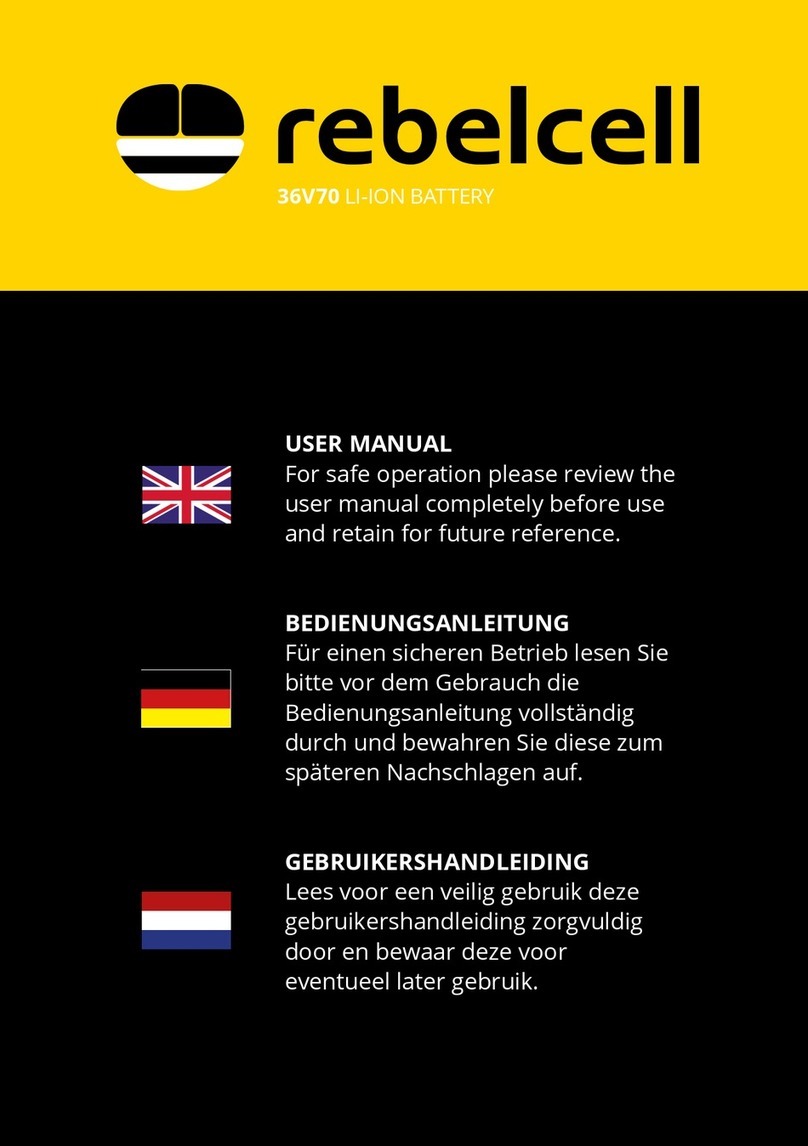
Table of Contents
PDF viewers: These page numbers refer to the printed version of this document. Use the
PDF reader bookmarks tab for links to specific sections.
1. General ........................................................................1
2. Specifications .............................................................2
3. Tools List (for tripod, mast and crossarm)...............3
4. Tripod Components....................................................3
5. Tripod Installation.......................................................4
5.1 Tripod Base..........................................................................................4
5.2 Mast......................................................................................................5
5.3 Installing the Guy Kit...........................................................................9
5.3.1 Guy Duckbill Anchor Kits..........................................................11
5.3.2 Lowering Mast after Attaching Guy Wires.................................13
5.4 Staking the Tripod Feet......................................................................14
5.5 Tripod Grounding...............................................................................15
5.6 Crossarm Attachment.........................................................................17
5.7 Enclosure Attachment........................................................................17
5.7.1 Enclosure Mounting to Tripod Mast...........................................17
5.7.2 Enclosure Mounting to Tripod Leg.............................................18
6. Mounting Brackets....................................................20
6.1 CM210 Crossarm Mounting Kit ........................................................20
6.2 CM216 Mast Mounting Kit................................................................21
6.3 CM220 Right Angle Mounting Kit....................................................22
6.4 CM225 and 18098 Pyranometer Mounting Stand..............................23
6.5 CM230 Adjustable Angle Mounting Kit............................................24
6.6 CM235 Magnetic Mounting Stand.....................................................25
6.7 RM Young Gill Radiation Shields.....................................................26
Appendix
A. Tripod Tote Bag ......................................................A-1
Figures
1-1. Typical tripod-based weather station ...................................................1
2-1. 60-degree guy angle.............................................................................3
4-1. Tripod components...............................................................................4
5-1. Tripod leg, slide collar components.....................................................5
i
